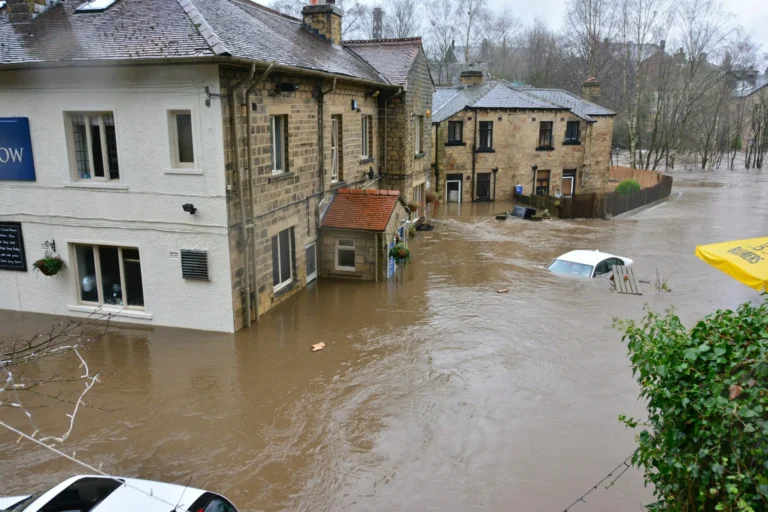By Cliff Montgomery – July 6th, 2009
The Federal Emergency Management Agency (FEMA) lacks the ability to fully determine its emergencypreparedness–even though since 2003 the federal government has spent nearly $5 billion on FEMA securityinitiatives, according to a recent Government Accountability Office (GAO) study.
The GAO, known as “the investigative arm of Congress,” released the report on July 2nd. Below TheAmerican Spark supplies some of the most essential quotes from the study.
“From fiscal year 2003 through fiscal year 2009, the Department of land Security (DHS) allocated about$5 billion for the Urban Area Security Initiative (UASI) grant program to enhance regional preparednesscapabilities in the nation’s highest risk urban areas (UASI regions). The Federal Emergency ManagementAgency (FEMA) administers this program.
“The Implementing Recommendations of the 9/11 Commission Act of 2007 (9/11 Act) required FEMA tochange the size of the geographical areas used to assess UASI regions’ risk. The conference reportaccompanying the Consolidated Appropriations Act for fiscal year 2008 directed GAO to assess FEMA’sefforts to build regional preparedness through the UASI program, and determine how the 9/11 Act changeaffected UASI regions.
“This report [therefore] addresses:
(1) the extent to which FEMA assesses how UASI regions’ collaborative efforts build preparednesscapabilities, and
(2) how UASI officials described their collaboration efforts and changes resulting from the 9/11 Act.”
What GAO Found
“Although FEMA has gathered and summarized data on UASI regions’ funding for specific projects andrelated preparedness priorities and capabilities, it does not have measures to assess how UASI regions’collaborative efforts have built preparedness capabilities.
“An executive directive, Departmental policy, and agency guidance all require that preparedness priorities andcapabilities be measurable so that FEMA can determine current capabilities, gaps, and assess nationalresource needs. To report on the performance of the UASI program, FEMA has gathered data on UASIregions’ funding for projects and the goals and objectives those projects support, including the National Priorityto Expand Regional Collaboration.
“However, FEMA’s assessments do not provide a means to measure the effect UASI regions’ projects haveon building regional preparedness capabilities—the goal of the UASI program.
“FEMA acknowledged a lack of specific measures that define how or whether national priorities—includingexpanding regional collaboration—are achieved. In the absence of measures, FEMA directed states todescribe their collaborative activities. However, these state activities do not provide a means to assess howregional collaboration activities help build preparedness capabilities.
“FEMA has an effort underway to establish a comprehensive assessment system to appraise the nation’spreparedness capabilities. FEMA could build upon its current efforts to assess overall preparedness bydeveloping and including measures related to the collaboration efforts of UASI regions and their effect onbuilding regional preparedness. This could provide FEMA with more meaningful information on the return oninvestment of the $5 billion it has allocated to the UASI program to date.”





